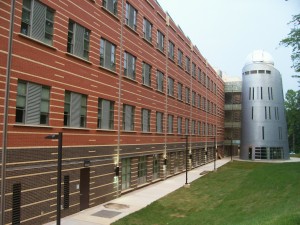The winter solstice is the shortest day of the year, respectively, in the sense that the length of time elapsed between sunrise and sunset on this day is a minimum for the year. Of course, daylight saving time means that the first Sunday in April has 23 hours and the last Sunday in October has 25 hours, but these human meddlings with the calendar and do not correspond to the actual number of daylight hours.
If you life in the southern hemisphere, this is your Summer Solstice, celebrating the longest day of the year.
http://scienceworld.wolfram.com/astronomy/WinterSolstice.html
The Quadrantids meteor shower can yield as many as 40 meteors per hour, radiating from the constellation Bootes. It peaks this year on the night of the 3rd and morning of the 4th. The first quarter moon will set shortly after midnight leaving fairly dark skies for what could be a good show. Best viewing will be from a dark location after midnight. Begin the new year by looking up!
see http://cantonbecker.com/retrograde for details…

Our meetings on the second Sunday of the Month, The events are normally held evening at 7:00 pm in Research Hall Room 163 on the campus of George Mason University.
Our meetings web page, has directions and additional details.
We look forward to seeing you on Sunday evenings!
Venus will be at its “greatest eastern elongation”. This is a great time to view Venus since it will be at its highest point above the horizon in the evening sky. Look for the enormously bright thing in the western sky after sunset.

